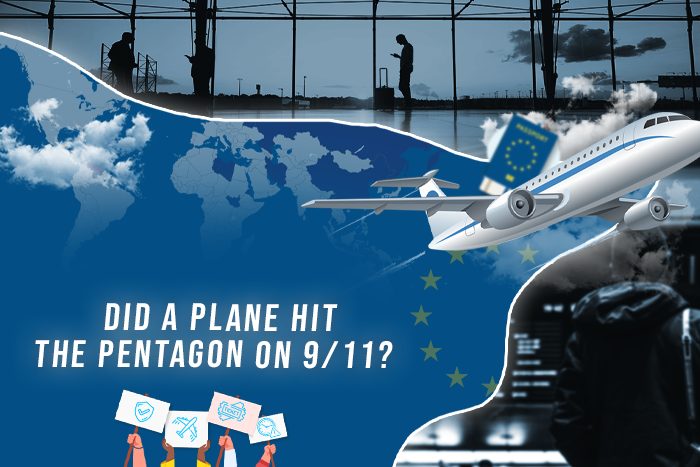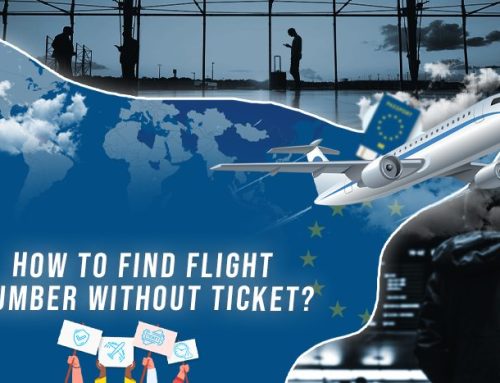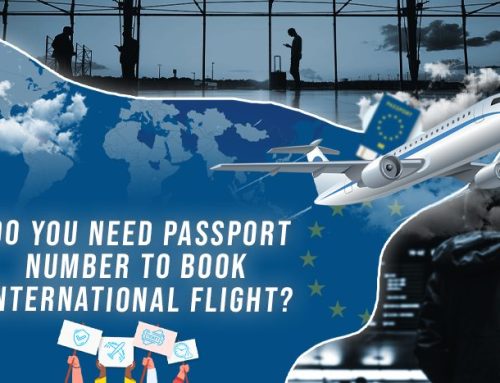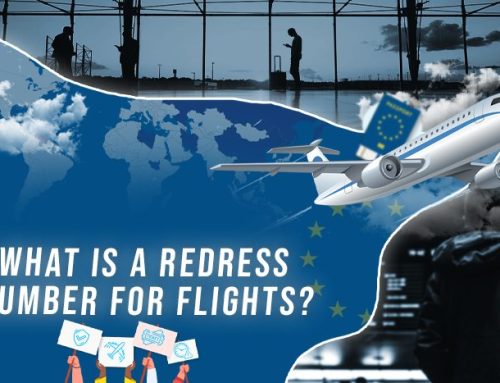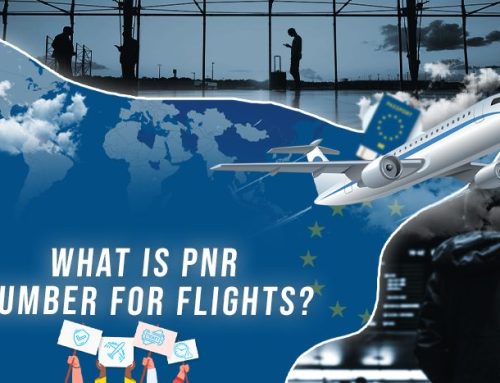The Pentagon has long been the headquarters of the U.S. Department of Defense, a bastion of American security and military presence since World War II. It’s near Washington D.C., and employs countless military, federal officials, and civilian personnel. It is not just a building. It’s an institution, which is why it was targeted as part of the September 11, 2001, terrorist attacks.
Four planes were hijacked by 19 terrorists who were part of Al Qaeda. Two planes crashed into the World Trade Center, taking down the Twin Towers, which until then had been a symbol of international business and prosperity. Another plane crashed into the Pentagon, while a fourth plane didn’t make it to its final destination. A group of brave passengers was able to overtake the terrorists and crash the plane in a field to limit the loss of life.
Key Takeaways
- The Pentagon was targeted in the September 11, 2001, terrorist attacks, with American Airlines Flight 77 crashing into the building at approximately 9:45 a.m. eastern time. The crash caused a devastating fire that killed 125 military personnel and civilians, as well as all 64 people on the plane.
- The attacks on September 11, 2001, had a significant impact on air travel regulations, with many measures put in place to ensure the safety of passengers. These measures include highly monitored body scanners, the removal of shoes and electronic devices, and the scrutiny of all luggage.
- The tragic events of September 11, 2001, continue to serve as a reminder of the importance of national security and the sacrifices made by countless individuals who lost their lives. While the measures put in place following the attacks may be seen as an inconvenience, they are necessary for maintaining the security of air travel.
When Did The Pentagon Get Hit?
At approximately 9:45 a.m. eastern time, American Airlines Flight 77 crashed into the Pentagon. The Twin Towers had already been hit, and many were watching those events unfold with horror as they experienced their own attack less than 10 minutes later.
The crash and the leaking fuel caused a devasting fire that eventually caused a portion of the building to collapse, even though it was made of concrete. At the end of the day, 125 military personnel and civilians were killed in the Pentagon, many of which simply went to work that day. Additionally, all 64 people who were on the plane died. There were no survivors on American Airlines Flight 77.
Where Was The Fourth Plane Going?
We can’t know for sure where the fourth plane was going as it never made it to its final destination. Passengers and airline crew were aware of what had already happened with the terrorists tried to storm the cockpit. They were ultimately unsuccessful, and at 10:03 a.m., the fourth plane crashed in a field near Shanksville, Pennsylvania. All 44 people on board died during the crash.
Because the flight was only about 20 minutes from Washington D.C., it is suspected that the target was in the city. Officials believe that he intended to crash into significant symbols of the American republish, so it could have been the Capitol or even the White House. Fortunately, he did not complete his mission. The passengers of United Airlines Flight 93 would go down in history as heroes for thwarting his plans.
What Happened Next?
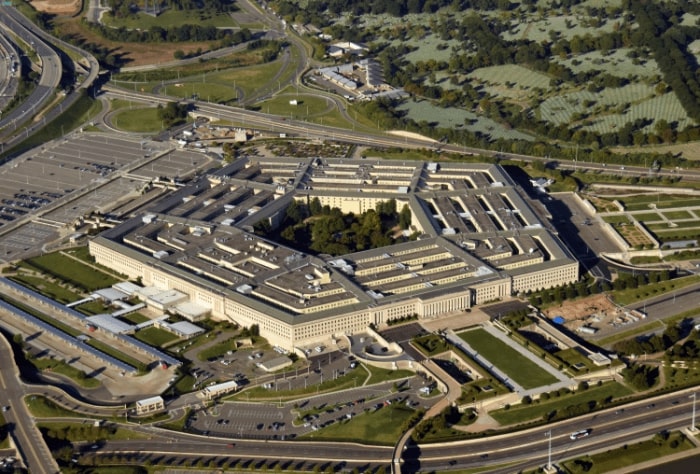
Air travel was halted for two days following the attacks on September 11, 2001, and security was quickly overhauled to make it safer for passengers to fly. Many of these measures are still in place today.
Now, you must pass through highly monitored body scanners to ensure you have no concealed weapons. You have to remove your shoes, empty your pockets, and take out electronic devices. Additionally, all luggage – whether carry-on or checked – is subject to intense scrutiny, with many items only allowed in limited quantities, if at all.
Frequent travelers can undergo extensive background checks to take part in programs like Global Entry and TSA PreCheck to help forgo the security process each time, as the lines can get long and cause delays in travel plans.
These changes in regulations happened in America and throughout the world, and over 20 years ago, they are still strongly enforced. The four hijacked planes completely changed the way the world flies, and it will never go back to the lax regulations that were in place before. Unfortunately, nearly 3,000 people had to die to make it happen, but now you have more peace of mind when flying.
Frequently Asked Questions
-
What happened at the Pentagon on 9/11?
American Airlines Flight 77 crashed into the Pentagon at approximately 9:45 a.m. eastern time on September 11, 2001, causing a devastating fire and the collapse of a portion of the building. 125 military personnel, civilians, and all 64 people on the plane were killed in the attack.
-
Was a plane responsible for the damage to the Pentagon on 9/11?
Yes, American Airlines Flight 77 crashed into the Pentagon on 9/11, causing significant damage and loss of life.
-
Did anyone survive the attack on the Pentagon on 9/11?
There were no survivors on American Airlines Flight 77, and 125 military personnel and civilians were killed in the attack.
-
Was the fourth plane on 9/11 supposed to target the Pentagon?
It is believed that the target of the fourth plane on 9/11 was in Washington D.C., possibly the Capitol or the White House. However, the passengers of United Airlines Flight 93 were able to thwart the terrorists’ plans by overtaking the cockpit and crashing the plane in a field near Shanksville, Pennsylvania.
-
What impact did the 9/11 attacks have on air travel regulations?
The 9/11 attacks significantly impacted air travel regulations, with measures put in place to ensure the safety of passengers. These measures include highly monitored body scanners, the removal of shoes and electronic devices, and scrutinizing all luggage.
-
Why are the measures put in place after the 9/11 attacks necessary?
The measures put in place after the 9/11 attacks are necessary for maintaining air travel security and ensuring passengers’ safety. While they may be an inconvenience, they are an important part of national security.
